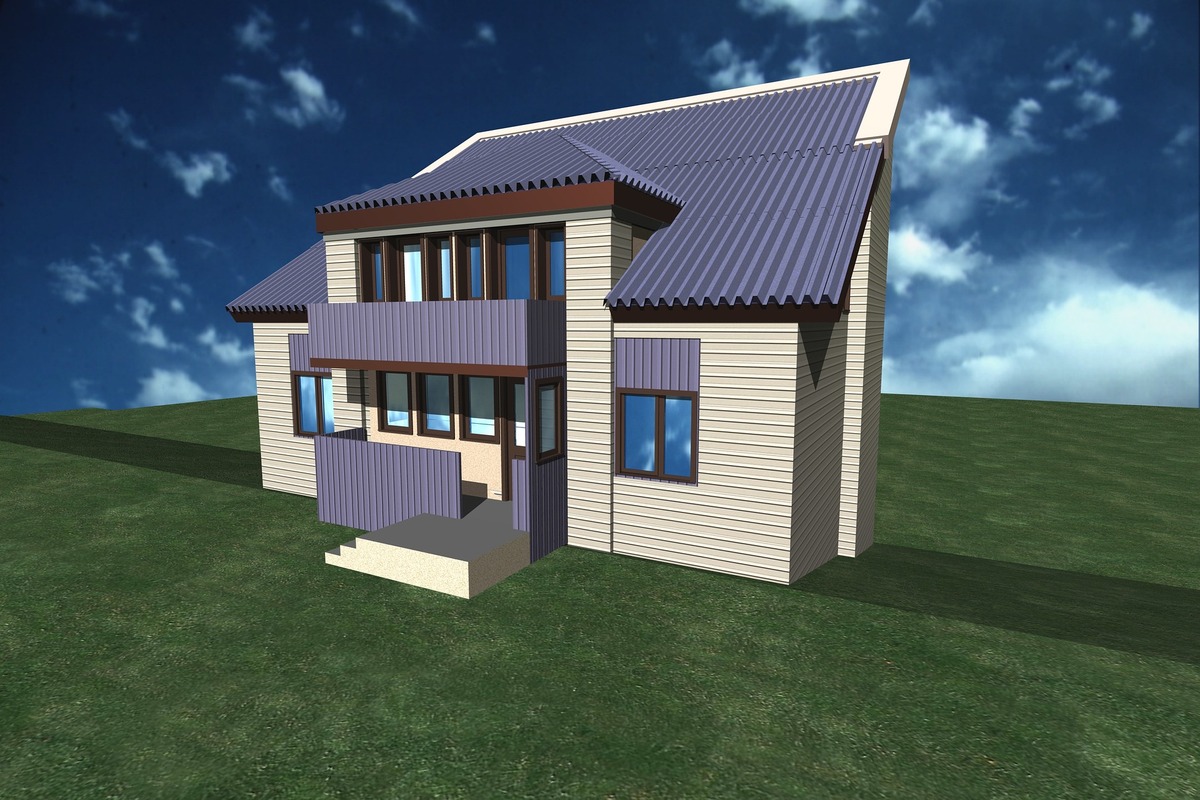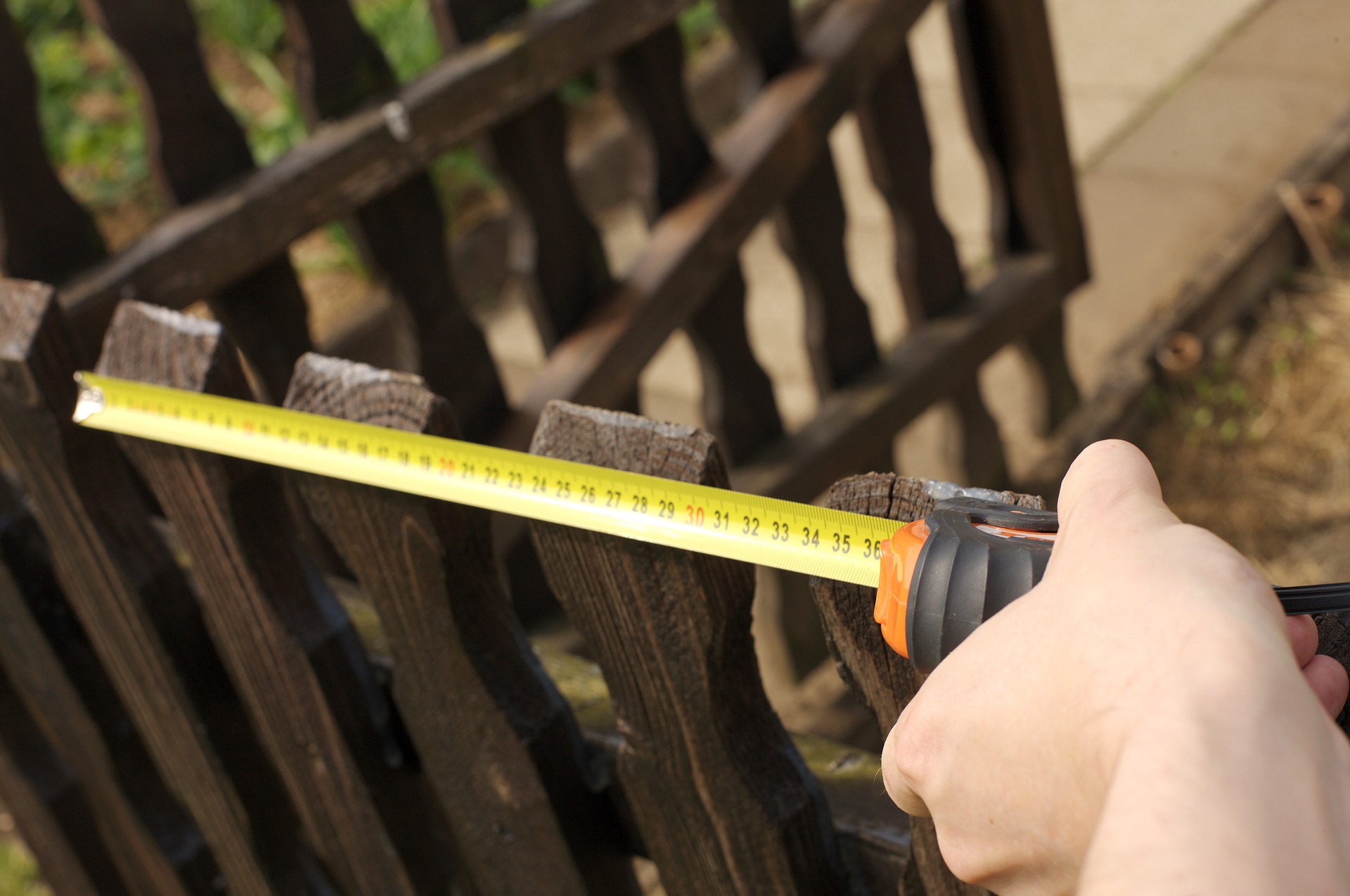Automated inventory
↵
The subsequent modelling of existing buildings with the associated technical building equipment is complex and cost-intensive. For this purpose, time-consuming laser scanning methods are used in order to obtain a survey of a room. This research project is intended to examine the extent to which three-dimensional scans can be used in the operating phase and whether efficiency gains can be achieved. In addition to the three-dimensional survey, it is investigated which methods can be used for an automated inventory.
Motivation
Digitisation is a complex topic that holds great potential for economic use. The potential can be increased many times over if data is recorded and maintained in a meaningful way. In the future, a large number of jobs will deal intensively with the field of digitisation. The construction and real estate industries in particular can learn from other sectors and promote sector coupling. If the aim is to maximise profits without losing quality and time, costs must be reduced. Digitisation offers many approaches to this, which already exist and only need to be implemented in the companies. The task of this project is to accompany these processes and to break through prevailing and established procedures.
Research objective
The life cycle management of a building requires various information in order to operate a building sustainably and efficiently. Relevant information can be obtained, among other things, from the type designations of technical systems, which can be used to determine many operator responsibilities and maintenance measures for operation. Collecting this data is an essential process, and it is important that this information is up-to-date. For this reason, this process takes place several times during the life cycle of a building.
Digital transformation in the context of architecture/engineering/construction & facility management (AEC-FM) is also gaining momentum. Digital transformation can only succeed if buildings are digitized and owners have a complete overview of their portfolio. There is an increasing number of companies that promise a digitization solution for buildings and include a consistent survey of the inventory in existing buildings. They often promise a digitized workflow, whereby the process of recognizing objects is analog, which means that people walk through the building and list all the necessary information. If a scan is used, it is only a digital survey, which is still completed with manual post-processing on the computer.
To optimize this analog workflow, the process must be digitized in all its aspects. Existing object recognition methods must be projected and applied to this context. In this research project we investigate how an automated inventory (using for example the geometric information of a scan of the real environment) can be performed.



